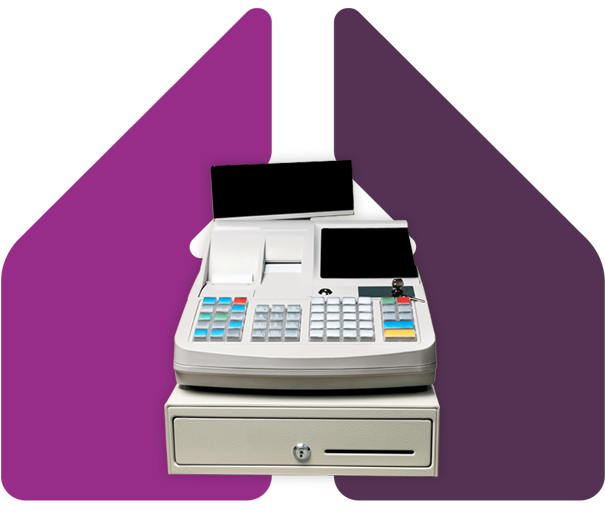How offset mortgages work
The value of your savings isn’t affected by having an offset mortgage. Your funds are put into an offset savings account with your mortgage lender. The value is used to ‘offset’ against your mortgage.
So, if you have a mortgage of £200,000 and savings of £50,000, then you only pay interest on the difference of £150,000.
Your interest rate remains the same each month but your savings act as an overpayment, eradicating part of the loan that interest is being charged on monthly. This can help you to pay off your mortgage early.
Repaying the loan faster means it’ll cost you less over the course of the mortgage term.
You can still withdraw money from your savings at any time, though of course, what you take out no longer offsets your mortgage debt.
Family Offset Mortgages
As well as the regular offset mortgages, there are other types available.
A family offset mortgage means parents can help their children buy a property without having to spend anything, just by putting their savings in an account linked to your mortgage with your lender. The capital you owe is reduced. They’ll lose interest on their funds, but they’ll have helped you without needing to dip into their savings.
Buy to Let offset mortgages are available too. As a landlord, you can choose to pay less monthly to get the most from your rental income. Or you can opt to decrease your loan term and long-term borrowing spend.
Eligibility criteria varies between lenders. In the main, requirements are just the same as with other mortgages, though it’s likely you’ll need to keep your offset savings account with the mortgage lender and have a deposit of no less than 20%.
Some Buy to Let mortgages are not regulated by the financial conduct authority.
Linking savings and mortgage accounts
Some lenders will allow you to link up to six savings accounts to one mortgage. Most will accept various kinds of accounts, including joint accounts, as long as both names are on the mortgage. Typically, all accounts will need to be with your mortgage lender. As well as the more customary savings accounts, you may be able to link the following types:
ISA
There are lenders who will allow you to use your cash ISA if it’s an instant-access account. Generally speaking, neither fixed-term ISAs nor stocks and shares ISAs can be used to offset your mortgage.
Current account
While not particularly commonplace, current accounts are sometimes able to be used. They are usually called current account mortgages (CAMs). They are a little different to offset mortgages in that the mortgage and current account are put together in one single account.
Self-employed business account
As a sole trader or contractor, if the business account is in your name, you may be able to use it to offset your mortgage, as long as it is with the lender.
Limited Company account
Some specialist lenders provide commercial offset mortgages. This means you may be able to use a Limited Company account for business premises – offsetting the interest on the mortgage.
It’s not possible to use your Limited Company account to do the same if you are buying a residential property, as it is considered legally as a separate entity. Business account funds would either need to be drawn down as a salary, or as dividends, or as a director’s loan – to your personal account.
Commercial mortgages are by referral only.
Pension
It’s much more difficult to link a pension account to offset your mortgage, though if you’re close to retirement age, it is possible. Speak with a qualified, experienced financial adviser to help you navigate this.






